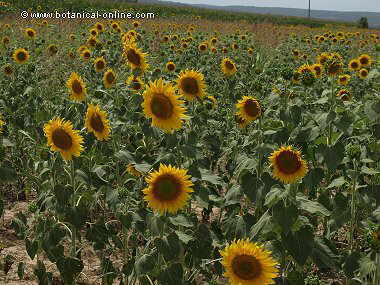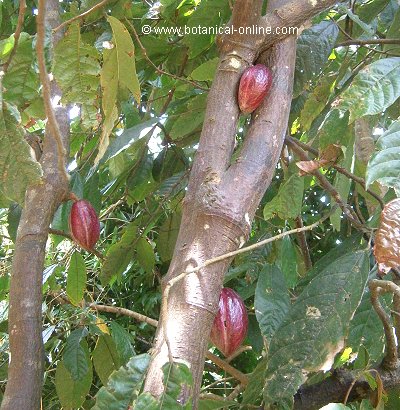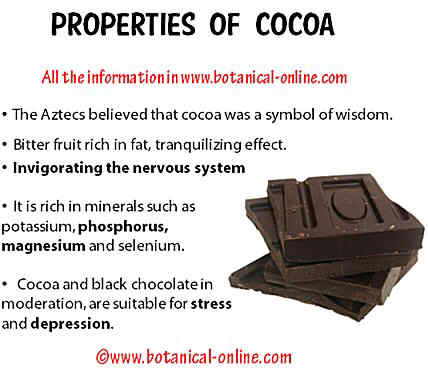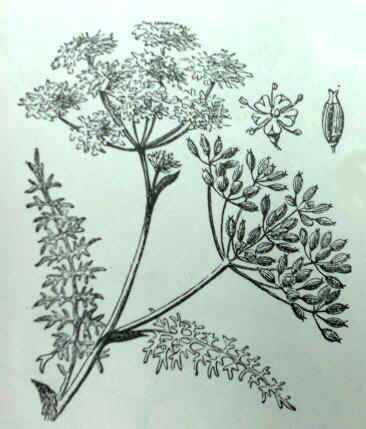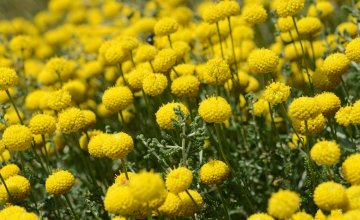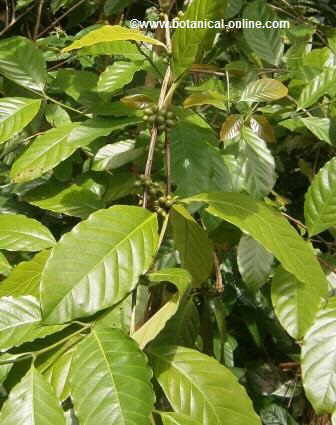Contents
EDIBLE PROPERTIES OF PEPPERMINT
Peppermint in the kitchen
Besides being a medicinal plant, peppermint is very well known as an aromatic herb mint. The main mints used in cooking are spearmint (Mentha viridis = Mentha spicata) and peppermint (Mentha x piperita). Of these two mints, the most used in cooking for its distinctive spicy flavor is peppermint. It is considered that, in addition to its medicinal properties, it brings the dishes its aromatic and refreshing touch combined with its unique spicy flavor.
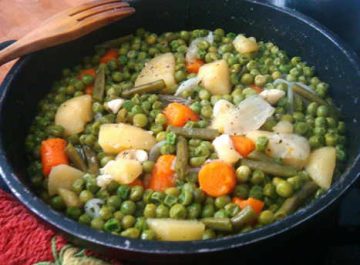
The culinary use of this plant is very old, since it is known that it was used by Romans and Greeks to flavor foods and wines.
In today’s cooking appliances peppermint uses are varied. Commonly used with vegetables, with soups and salads as cold dishes both hot.
Digestive properties of peppermint
However, one of its most interesting uses is when combined with dishes rich in proteins, both from animal or vegetable origin.
We know that proteins are rather difficult to digest, which generally can lead to intestinal gas production.
In the case of meat, to the difficulty of protein digestion, some people have to digest the fat content of the meat.
In vegetable dishes, legumes deserve a special mention because of the digestive problems that they usually imply. ingestion of vegetables.
Peppermint, for its carminative and choleretic properties, not only helps expel these gases but promotes better digestion of fats.
For this reason it is so common to accompany the dishes of beans, chickpeas, soybeans, beans, peas, lentils, stew meat or lamb chops with a few leaves of peppermint. Equally useful they will be to make pasta dishes, potatoes, cheese… more digestive.
Sweet recipes with mint
Peppermint also appears in many sweet foods (ice cream, cream, custard, chocolate mint, liqueurs, syrups, jellies, etc.) or treats ( candy, gum, cookies, etc).
No less important is peppermint as a flavouring for the use of other medicinal preparations or teas to which it makes more tasty and digestive (It is very common in India and Morocco to have tea with mint). It also takes part of many aromatic preparations such as Thai curry, mint sauce or mint vinegar.
It is usually found in the Mediterranean diet , as well as the English kitchen, in Egypt, Afghanistan and India.
Mint toxicity and contraindications
Is peppermint safe? Peppermint leaves, used in therapeutic amounts, present no toxicity. However, pure peppermint essential oil is toxic and the plant has a number of contraindications and side effects that should be taken into account.
For example, it should not be used with people with hiatus hernia, or problems caused by acid reflux. This herb can relax the esophageal valve, worsening acid reflux. It should not be used if the affected person has kidney or bladder stones.
![]() More information on peppermint
More information on peppermint

